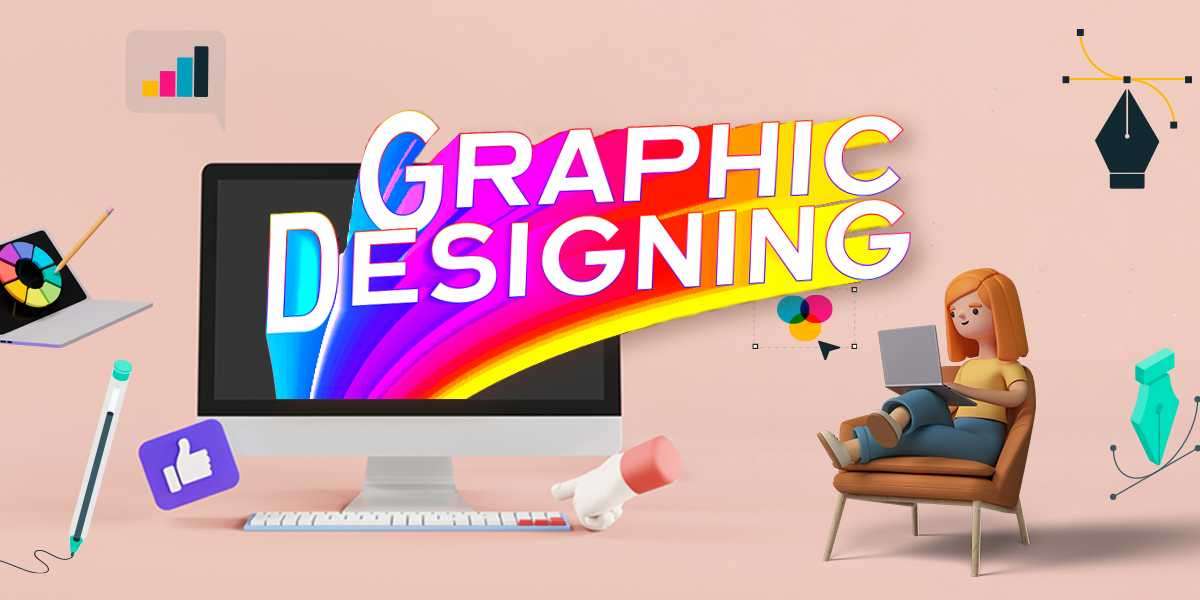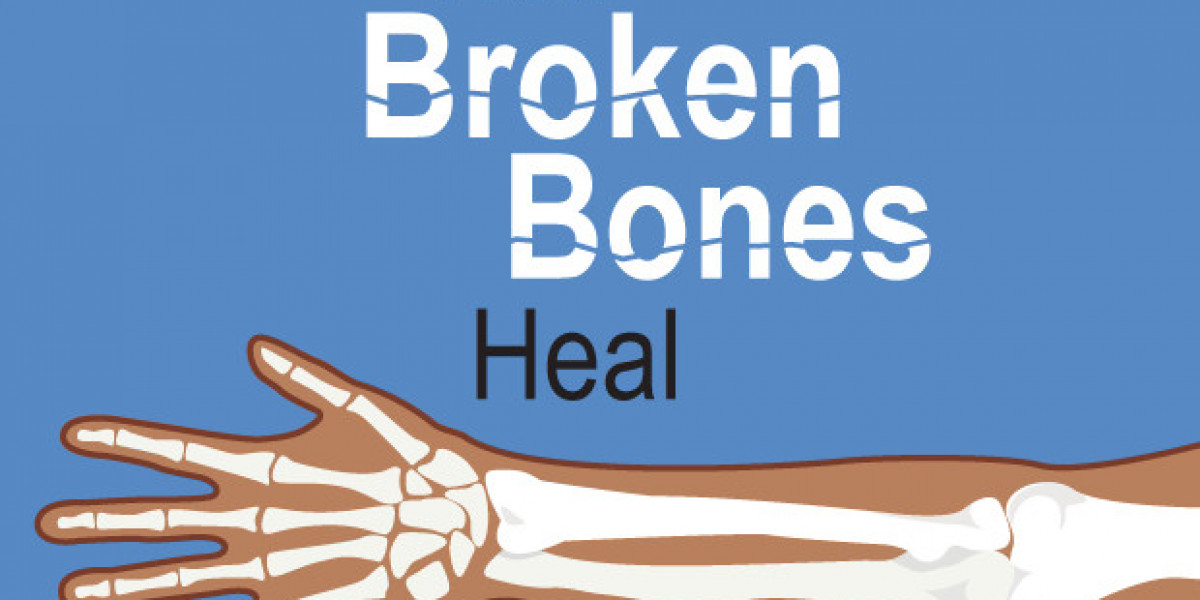Graphic design is a vital aspect of creating an effective brand image and conveying information. It involves the use of visual elements such as images, typography, and colors to communicate a message. In this blog, we will explore some key principles of effective graphic design.
Visual Hierarchy: Visual hierarchy refers to the arrangement of design elements in order of importance. It helps guide the viewer's eye to the most important information first and make it easier for them to find what they're looking for. Visual hierarchy can be established through the use of size, color, contrast, and positioning.
Typography: Typography refers to the style, size, and arrangement of letters and text on a page. The right choice of font can enhance the mood and message of a design. It's essential to choose a font that is legible, appropriate for the message, and consistent with the brand's image.
Color: Color is a powerful tool in graphic design. It can evoke emotions and create a mood. Color can be used to draw attention to important information, create contrast, and set the tone for the design. It's essential to choose colors that are consistent with the brand's image and convey the desired message.
Contrast: Contrast refers to the difference between two design elements, such as the difference in color or size. Contrast can be used to create visual interest and draw the viewer's eye to the most important information.
Space: Space, also known as negative space, is the area around and between design elements. Space can be used to create a sense of balance, draw attention to important information, and make the design more visually appealing.
Consistency: Consistency is essential in graphic design. It creates a sense of familiarity and helps the viewer feel comfortable and engaged with the design. Consistency in typography, color, and style helps the viewer easily identify and understand the brand and its message.
Use of Images: Images can be a powerful tool in graphic design. They can enhance the message, create a mood, and evoke emotions. It's essential to use high-quality, relevant images that are consistent with the brand's image and convey the desired message.
Branding: Branding is an essential aspect of graphic design. It involves the creation of a unique identity for the brand through the use of visual elements such as logos, typography, and color. Effective branding helps establish a consistent image for the brand and communicates the brand's message and values.
Functionality: Functionality is important in graphic design. The design should be easy to read and use, with clear instructions and an intuitive layout. Effective design should make it easy for the viewer to find the desired information and take the desired action.
Innovation: Innovation is essential in graphic design. The design should be creative and innovative, with unique and unexpected elements that capture the viewer's attention and engage them with the message.
In conclusion, effective graphic design is essential to creating a successful brand image and communicating a message. By establishing visual hierarchy, choosing appropriate typography and color, using contrast and space wisely, maintaining consistency, using high-quality images, creating a strong brand identity, ensuring functionality, and incorporating innovation, you can create a design that engages viewers, conveys the desired message, and drives results.







